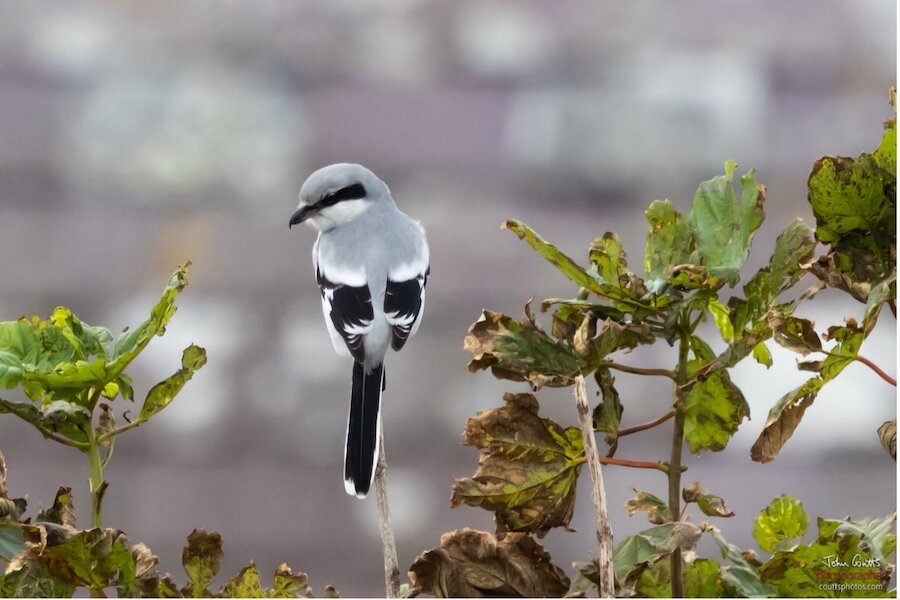Shetland has a growing community of birders who live and work in the islands. It is also an attractive travel option for many visiting birders and, it appears, that the numbers which arrive to holiday in spring, and, especially, autumn, is continuing to rise year on year.
The reasons for this would seem to be simple; it must be the birds?
However, there are other contributing factors. Covid-19 restrictions resulted in many birders refraining from their usual overseas birding expeditions, preferring instead to stay within the UK.
In March 2019, a fire destroyed the Fair Isle Bird Observatory. This event forced some visiting birders to stay on the mainland of Shetland instead of making their usual jaunt to Fair Isle. Of course, locals also go birdwatching and, it seems, in growing numbers but this accounts for only some of the increase.
We think that the main reasons for Shetland’s popularity are the islands themselves, and, of course, the birds!


